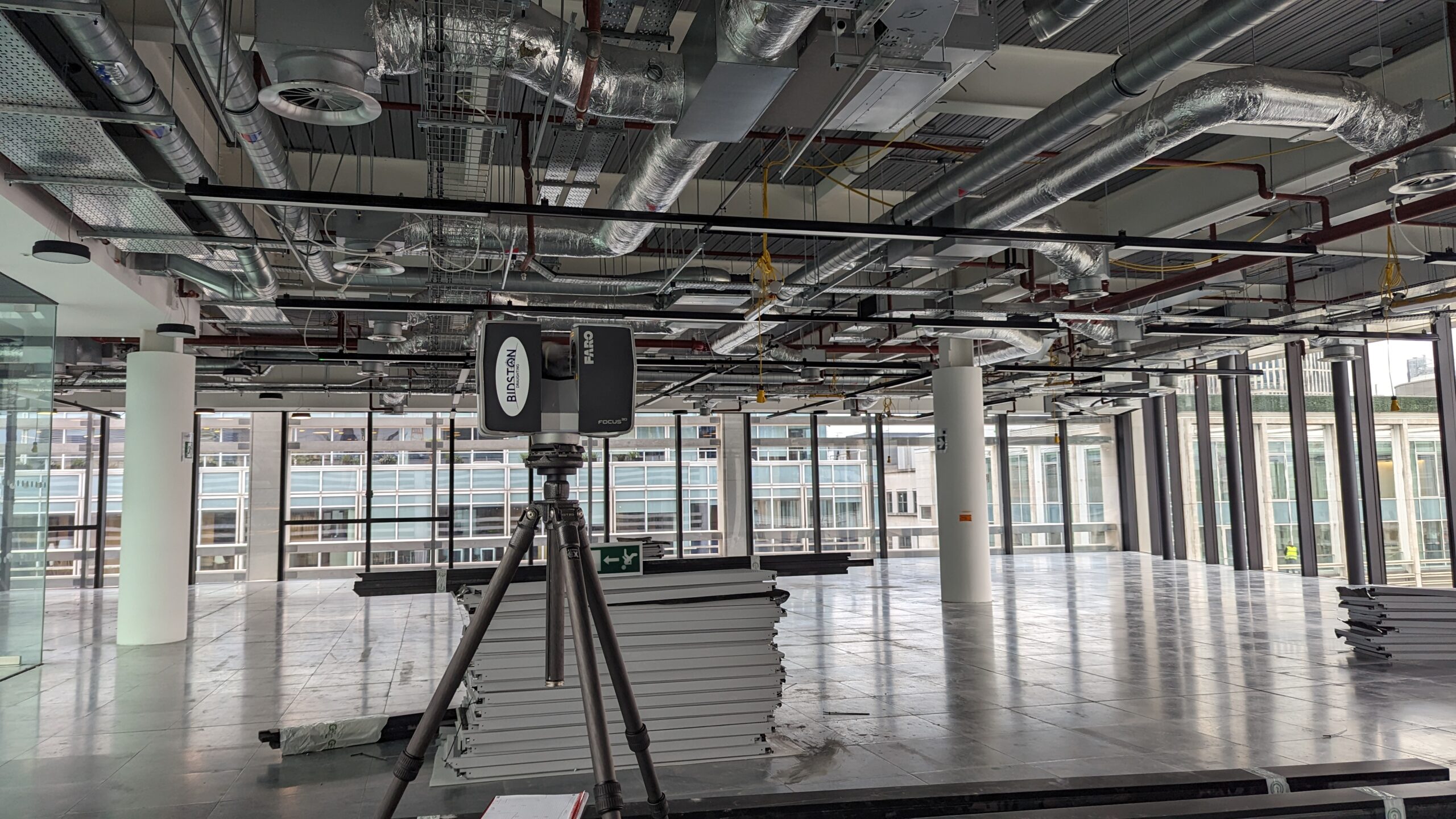Laser surveying is a method of measuring distances and angles using laser beams. It has revolutionized the field of surveying, making it faster, more accurate, and more efficient than ever before. But how did this technology come about? In this blog post, we will take a look at the history of laser surveying and its evolution over time.
The earliest forms of surveying date back to ancient civilizations, where people used simple tools like sticks and ropes to measure distances and angles. Over time, the tools and techniques used for surveying became more sophisticated, with the invention of instruments like theodolites, total stations, and GPS.
However, it wasn’t until the 1960s that laser technology began to be used in surveying. The first laser rangefinders were developed for military applications, but they quickly found use in the field of surveying as well. These early laser rangefinders were bulky and expensive, but they offered unprecedented accuracy and range.
In the 1970s, the first laser-based surveying instruments were developed. These devices used a laser beam to measure distances and angles, allowing surveyors to work more quickly and accurately than ever before. One of the earliest and most famous examples of laser surveying was the surveying of the Great Pyramids of Giza in 1984, which used a laser rangefinder to measure the precise dimensions of the pyramids.
Throughout the 1980s and 1990s, laser surveying technology continued to evolve. New devices were developed that allowed surveyors to collect data more quickly and with greater precision. One of the most important developments during this time was the introduction of the Global Positioning System (GPS), which allowed surveyors to measure distances and angles with unprecedented accuracy using satellite technology.
Today, laser surveying technology has continued to advance. Modern laser rangefinders are smaller, more accurate, and more affordable than ever before. Surveyors can now collect data using handheld devices that fit in their pockets, or with unmanned aerial vehicles (UAVs) that use lasers to create 3D models of the terrain.
In conclusion, laser surveying has come a long way since its early beginnings in the 1960s. Today, it is an essential tool for surveyors and engineers around the world, helping them to work more quickly, accurately, and efficiently than ever before. As laser technology continues to evolve, we can expect even more exciting developments in the field of surveying in the years to come.
Here at Bidston Draughting we use 3D laser scanners and total stations to undertake our surveys and provide our clients with an accurate pointcloud or CAD drawing / BIM model.

